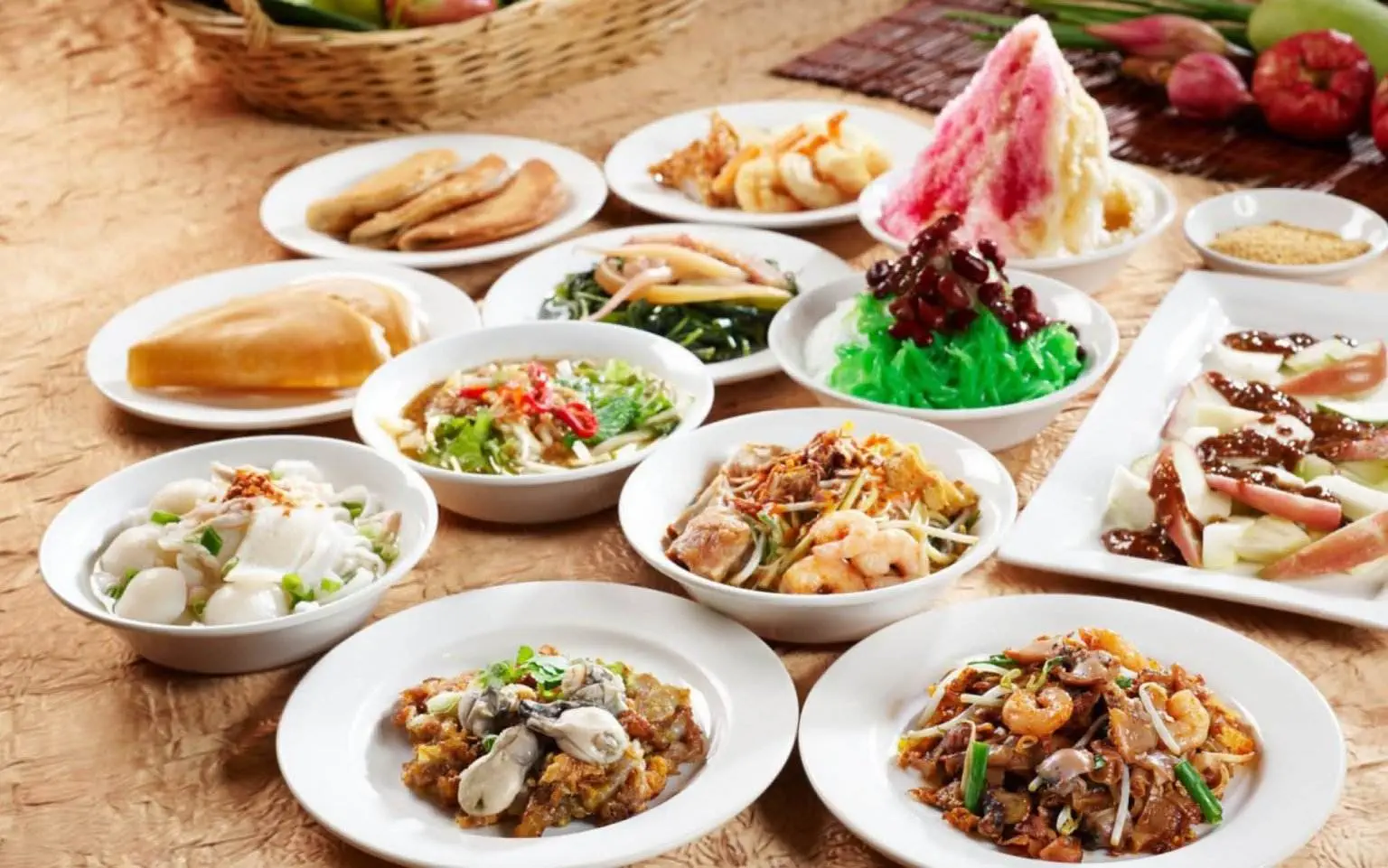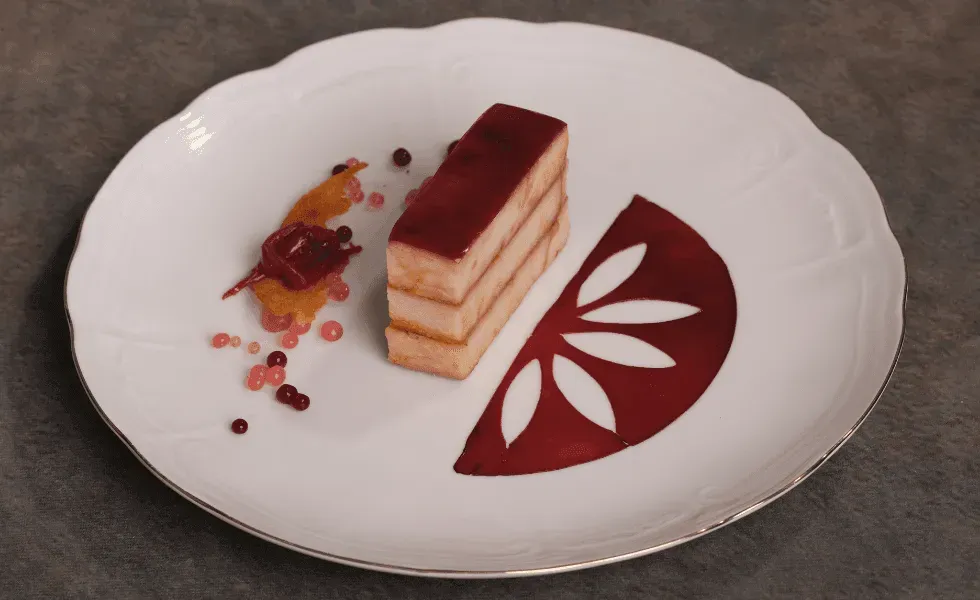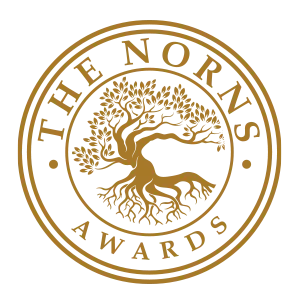Penang, the island-state off the northwestern coast of Peninsular Malaysia, is a melting pot of cultures, ethnicities, traditions and religions.
As a historical trading port, life there has been determined by migration for hundreds of years. Many people came as workers more than 200 years ago, and simply stayed – bringing along with them much more than their food.
Ethnic Malays, Indians and Chinese live together side by side – leading to a unique mix of cultures and food.
“Each of them respect each other's religion, each other's customs and their habits. In Malaysia, we have this word called tolerance. You have to tolerate each other in order to live in harmony,” says Teresa Pereira Capol, a Heritage Trust guide.
At his street corner store, Cheah Ming Kin has been making the same dish for decades, which has provided him with a livelihood and helped him raise his family. In his 80s, it's been a long road from when he first arrived on the island as a boy.
“I didn't go to school …. there was hardly any work available. I would help other people washing dishes … I didn't have an education,” he says. More than 60 years later, Ming Kin is now famous in Penang for his Lo Mein, a rich, gravy-like soup with noodles.
His son runs an upmarket restaurant – serving the same food he watched his father cook on the street for decades.
For many of Penang's residents, food has evolved to become an art form, a social spectacle, a live display of one's ethnic roots. But for most of the street vendors, life is harsh and working hours are long. They continue their trade just as their ancestors did, often in the same street their relatives once occupied. Yet they remain proud of this heritage.
“We don't want changes …. We want to keep the everyday life … the cultures, the way of life, the traditions that come with it, [we want to] keep it all intact,” says Capol.
But changes are occurring and many of the homes are disappearing. Development has been inevitable, yet the architecture of the past also needs to be preserved.
“Heritage is not just the buildings and the roads, heritage is actually the people, the people's lifestyle, way of life, the ambience of a city – and that should be preserved,” says Dato Kee Phaik Cheen, a resident of Penang whose great-grandfather came across from China.














